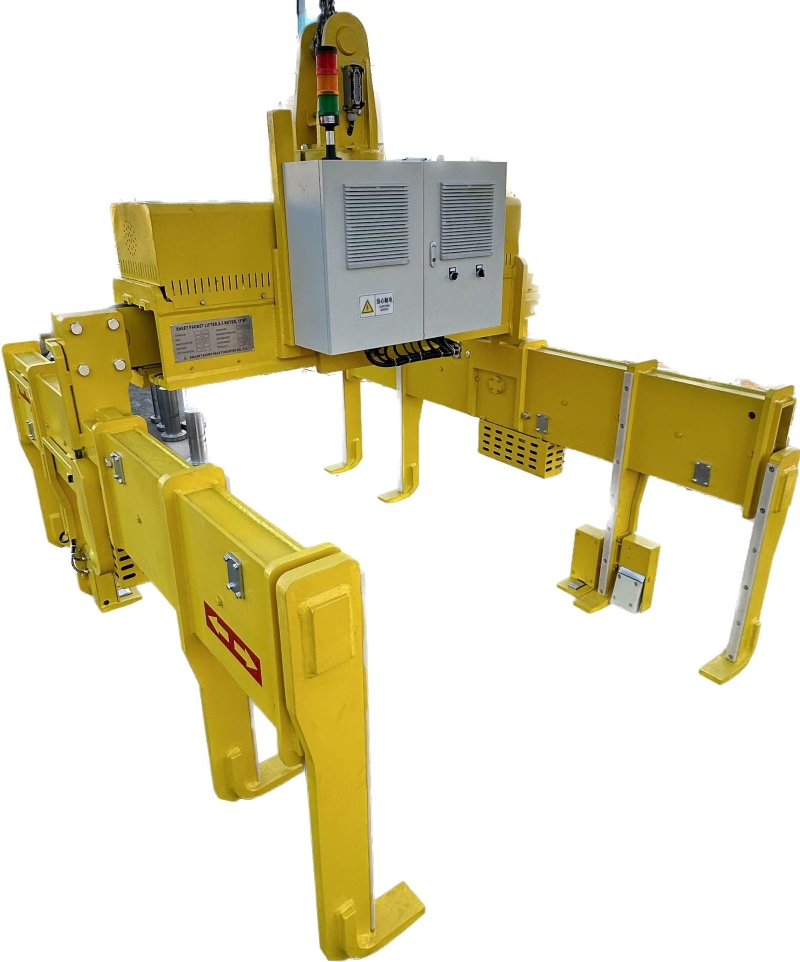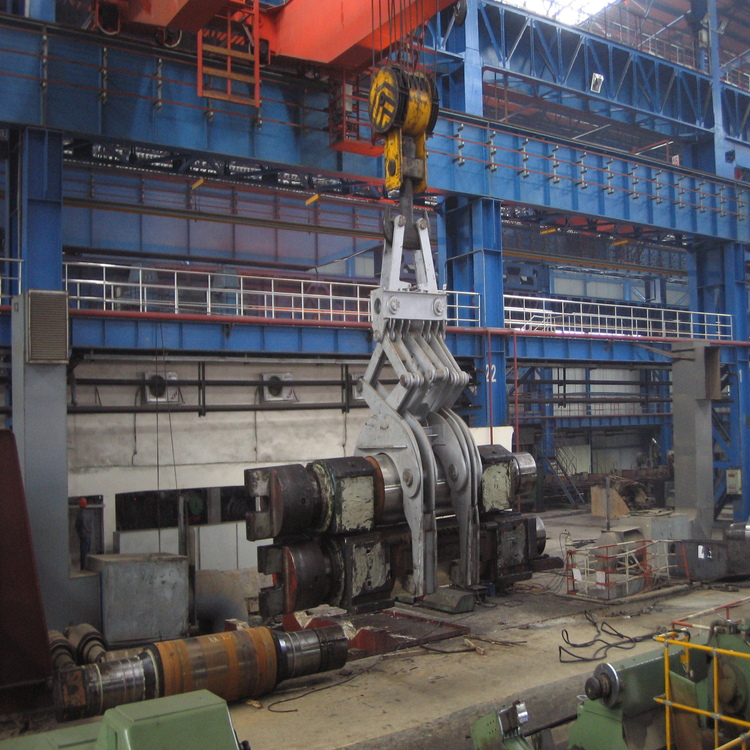In industries such as steel manufacturing, hot rolling, and heavy fabrication, the demand for reliable and efficient steel plate lifting solutions remains critical. Multifunctional steel plate lifters have emerged as essential tools to safely and effectively handle steel sheets of varying dimensions. Today’s procurement decision-makers face a key choice between opting for customized steel plate lifters tailored to specific operational needs or more standard off-the-shelf options. This article offers a comprehensive comparison based on real-world user feedback and practical insights, helping global buyers build trust and make informed purchase decisions.

Customized steel plate lifters provide tailored solutions in terms of:
Non-custom or standard lifters offer a generally lower price point and easier availability, making them appealing for businesses with routine or predictable operations. However, their generic design might fall short when handling uniquely sized steel plates or performing across diverse working conditions. Users have cited occasional issues such as:

Case Study 1: A Steel Plant in Germany
The plant switched from non-custom lifters to specially tailored units designed with enhanced grip surfaces and reinforced alloy steel. Post-implementation, they observed a 28% reduction in downtime related to plate handling errors and a 23% improvement in worker safety ratings within six months.
Case Study 2: Hot Rolling Mill in South Korea
The mill retained standard lifters due to budget constraints but opted for regular maintenance and additional safety checks. While this approach maintained basic operational capacity, subtle inefficiencies persisted, notably in handling plates off the typical size range — a pain point successfully addressed by competitors employing custom lifters.
%20Clamp-2.jpg)
| Decision Factor | Custom Lifters | Non-Custom Lifters |
|---|---|---|
| Compatibility with Plate Size | Exact fit; minimized slippage risk | Standard sizes may not fit all |
| Material Durability | Optimized material options | Limited selection; potential faster wear |
| Lead Time | Longer due to customization process | Shorter, readily available |
| Cost Efficiency Over Time | Higher upfront; lower maintenance & downtime | Lower upfront; possibly higher operational costs |
| Safety & Compliance | Meets specific industry standards easily | Basic compliance; limited customization |
Q1: How can I determine if my operation needs a custom lifter?
A1: Evaluate your steel plate dimensions variance and environmental factors. If your process involves non-standard sizes or harsh conditions, customization greatly reduces risks and operational inefficiencies.
Q2: What is the typical lead time difference between custom and standard lifters?
A2: Standard lifters usually ship within 2-3 weeks, while custom orders may take 6-8 weeks depending on specification complexity.
Q3: Are custom lifters cost-effective in the long run?
A3: Yes, they tend to reduce maintenance cycles and improve safety, which can translate into significant savings and fewer production interruptions over time.
Ready to optimize your steel plate handling with tailored solutions?
Contact Our Custom Steel Plate Lifter Specialists Today

